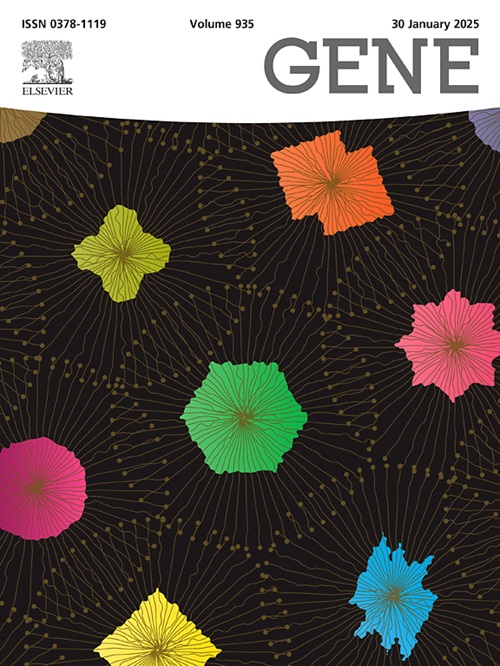Mathematical model for understanding the relationship between diabetes and novel coronavirus
IF 2.4
3区 生物学
Q2 GENETICS & HEREDITY
引用次数: 0
Abstract
A new model is proposed to explore interactions between diabetes and novel coronavirus. The model accounted for both the omicron variant and variants varying from omicron. The model investigated compartments such as hospitalization, diabetes, co-infection, omicron variant, and quarantine. Additionally, the impact of different vaccination doses is assessed. Sensitivity analysis is carried out to determine disease prevalence and control options, emphasizing the significance of knowing epidemics and their characteristics. The model is validated using actual data from Japan. The parameters are fitted with the help of ”Least Square Curve Fitting” method to describe the dynamic behavior of the proposed model. Simulation results and theoretical findings demonstrate the dynamic behavior of novel coronavirus and diabetes mellitus (DM). Biological illustrations that illustrate impact of model parameters are evaluated. Furthermore, effect of vaccine efficacy and vaccination rates for the vaccine’s first, second, and booster doses is conducted. The impact of various preventive measures, such as hospitalization rate, quarantine or self-isolation rate, vaccine dose-1, dose-2, and booster dose, is considered for diabetic individuals in contact with symptomatic or asymptomatic COVID-19 infectious people in the proposed model. The findings demonstrate the significance of vaccine doses on people with diabetes and individuals infectious with omicron variant. The proposed work helps with subsequent prevention efforts and the design of a vaccination policy to mitigate the effect of the novel coronavirus.
用于理解糖尿病与新型冠状病毒之间关系的数学模型。
为探索糖尿病与新型冠状病毒之间的相互作用提出了一个新模型。该模型既考虑了奥米克龙变体,也考虑了与奥米克龙不同的变体。该模型研究了住院、糖尿病、合并感染、奥米克隆变种和检疫等方面。此外,还评估了不同接种剂量的影响。进行了敏感性分析,以确定疾病流行率和控制方案,强调了解流行病及其特征的重要性。利用日本的实际数据对模型进行了验证。利用 "最小平方曲线拟合 "方法对参数进行拟合,以描述拟议模型的动态行为。模拟结果和理论研究结果证明了新型冠状病毒和糖尿病(DM)的动态行为。评估了说明模型参数影响的生物学图解。此外,还研究了疫苗效力和疫苗第一、第二和加强剂量接种率的影响。在提议的模型中,考虑了各种预防措施的影响,如住院率、隔离或自我隔离率、疫苗剂量-1、剂量-2 和加强剂量,适用于接触有症状或无症状 COVID-19 感染者的糖尿病患者。研究结果表明,疫苗剂量对糖尿病患者和感染欧米茄变异体的个体具有重要意义。拟议的工作有助于后续的预防工作和疫苗接种政策的设计,以减轻新型冠状病毒的影响。
本文章由计算机程序翻译,如有差异,请以英文原文为准。
求助全文
约1分钟内获得全文
求助全文
来源期刊

Gene
生物-遗传学
CiteScore
6.10
自引率
2.90%
发文量
718
审稿时长
42 days
期刊介绍:
Gene publishes papers that focus on the regulation, expression, function and evolution of genes in all biological contexts, including all prokaryotic and eukaryotic organisms, as well as viruses.
 求助内容:
求助内容: 应助结果提醒方式:
应助结果提醒方式:


